
Here’s how big the Yangtze is. A third of all the inhabitants of China (which means more than 400 million people) live in the area covered by the Yangtze’s river basin.
The Yangtze basin provides about half of all the fish eaten in China, and two-thirds of the rice. Industries and farming there contribute as much as 40% of China's whole economy.
This vast river – the biggest in Asia and third longest in the world – is also hugely important because of the variety of animals and plants living in or around it. But that wildlife has been suffering as the Yangtze’s overuse and pollution increases.
One high-profile casualty is the beloved Yangtze river dolphin, which is now believed to be extinct (it hasn’t been seen since 2002).
We’re working hard with partners in China to help reduce the pressures on the Yangtze – and we really need your help with such a huge challenge.
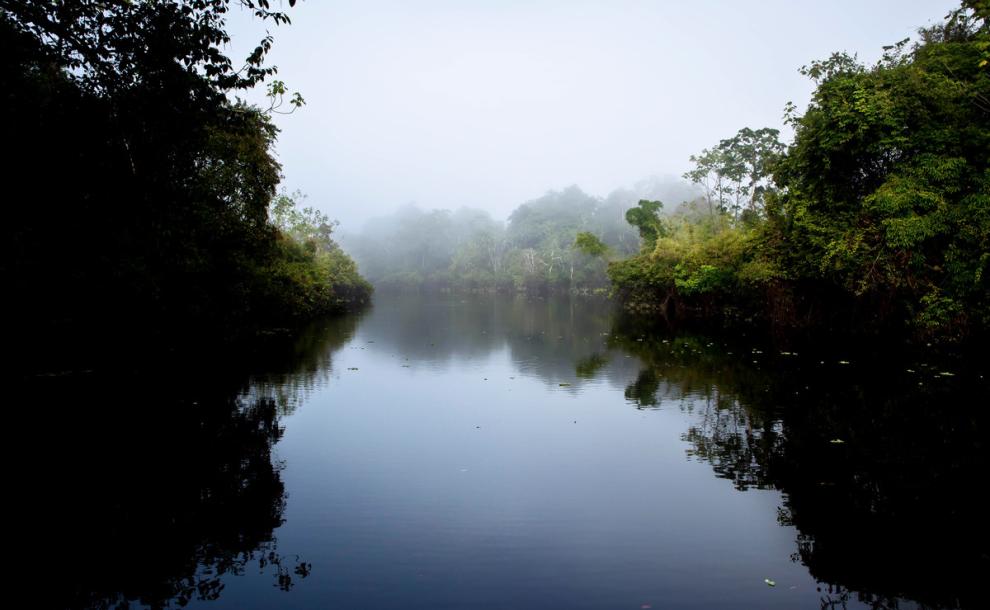
The Yangtze River flows for 6,300km, more than halfway across China. Its river basin is around 1.8 million sq km – almost a fifth of China's land area.
30.5146484, 112.8688374
Location of the Yangtze river
The Yangtze River rises in the mountains of Qinghai province of China, on the Tibetan plateau, and flows 6,300km to reach the East China Sea at Shanghai.

As China’s economy has developed, pollution in the Yangtze and its lakes has multiplied – particularly from industries and agriculture, including large-scale fish and pig farming.
Dams are a big issue too. More than 50,000 dams have been built in the Yangtze basin since 1950, and more are planned. Dams divert and disrupt the natural flows of the river, which affects wildlife and people.
During construction of the massive Three Gorges dam, the world’s biggest hydropower station, 13 large cities, 140 towns and 326 villages were fully or partly submerged, and over 1 million people had to move.
Now climate change is threatening to bring more droughts, floods and extreme weather events to the river basin, and dry up more of its lakes.
It all adds to the challenges we’re tackling to help protect the Yangtze.

Restoring Yangtze floodplain lakes
We’ve helped reconnect over 50 lakes with the Yangtze river. They’d been disconnected by sluice gates to create more land for agriculture and urban development – but that seriously harmed water quality and wildlife. We persuaded the government of Hubei province to try reopening sluice gates to reconnect one large lake, Zhang Du, to the river. The trial showed the lake’s water quality improved and fish stocks increased – a win for both the environment and local communities. Reconnecting lakes then became part of China’s national policy, and 50 more lakes were similarly reconnected, helping to restore important wildlife environments along the Yangtze and beyond.

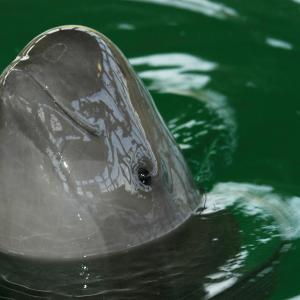

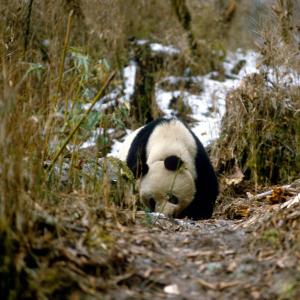
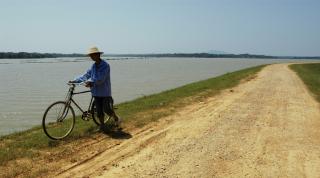
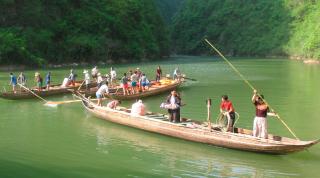
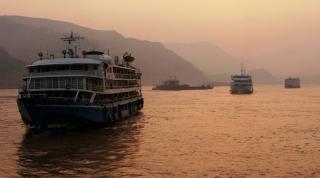

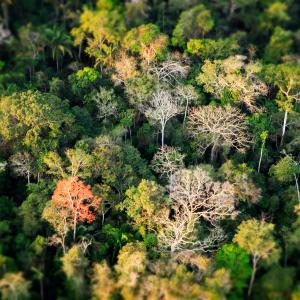
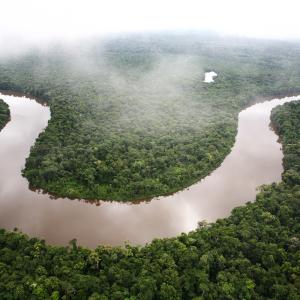
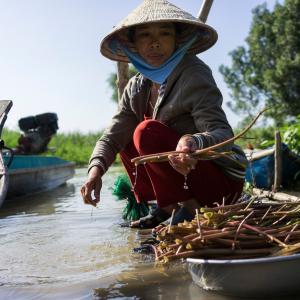
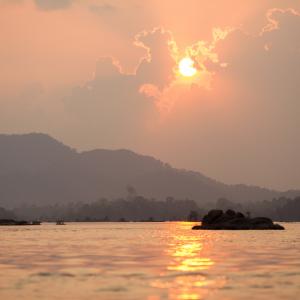
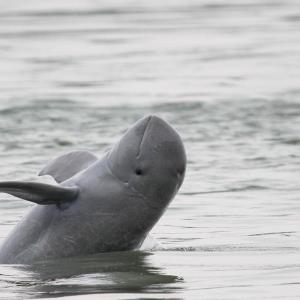
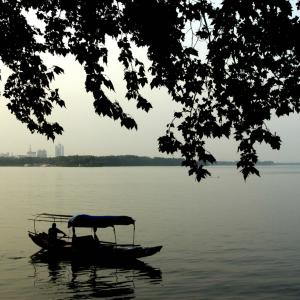
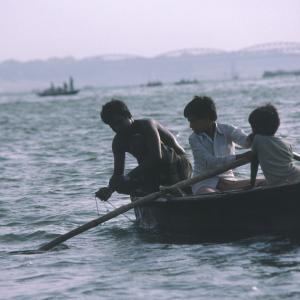 The Ganges: India's sacred river
The Ganges: India's sacred river
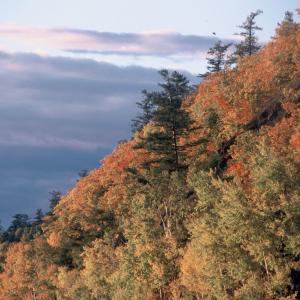 Amur (Heilong) River Basin
Amur (Heilong) River Basin
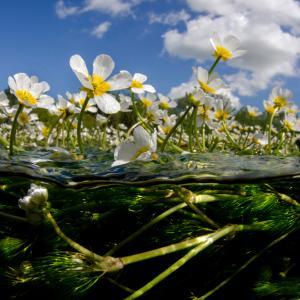 How we're caring for our rivers
How we're caring for our rivers
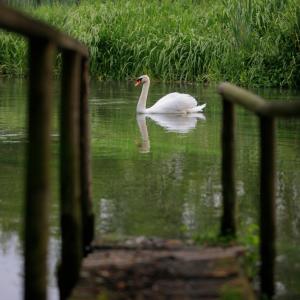 UK rivers and chalk streams
UK rivers and chalk streams